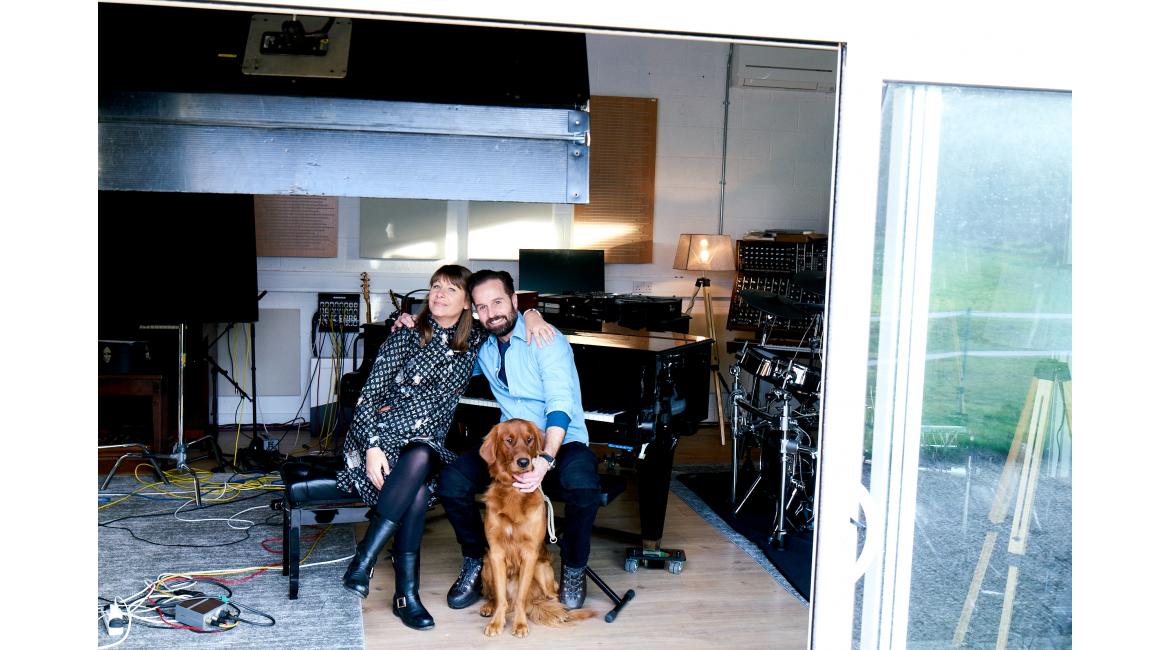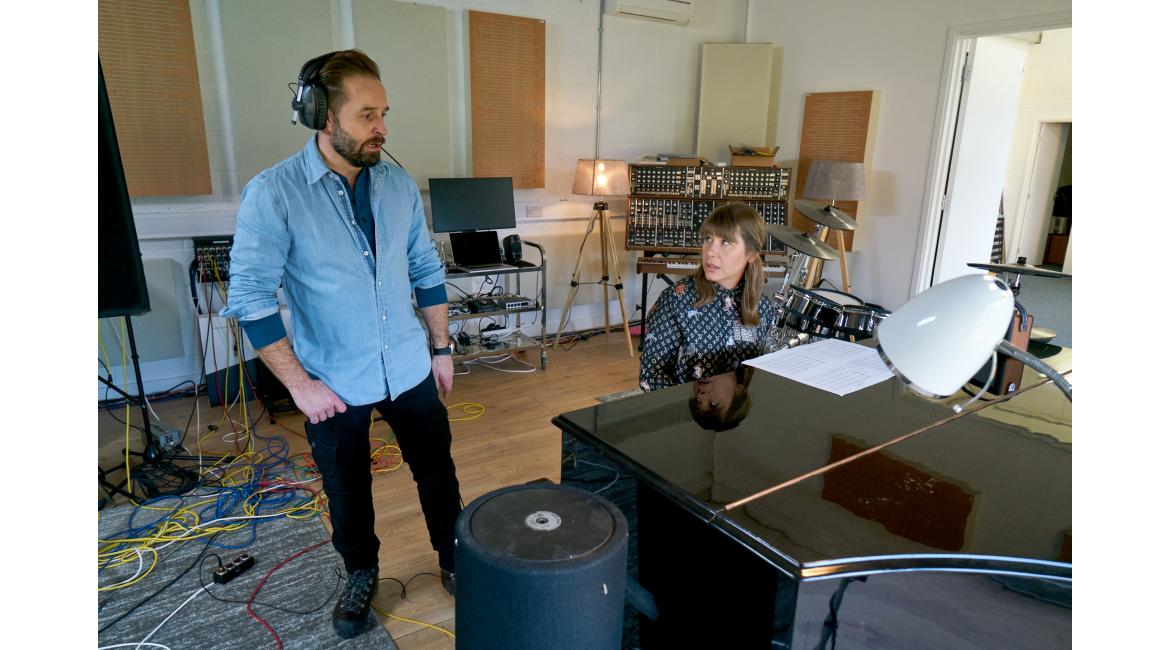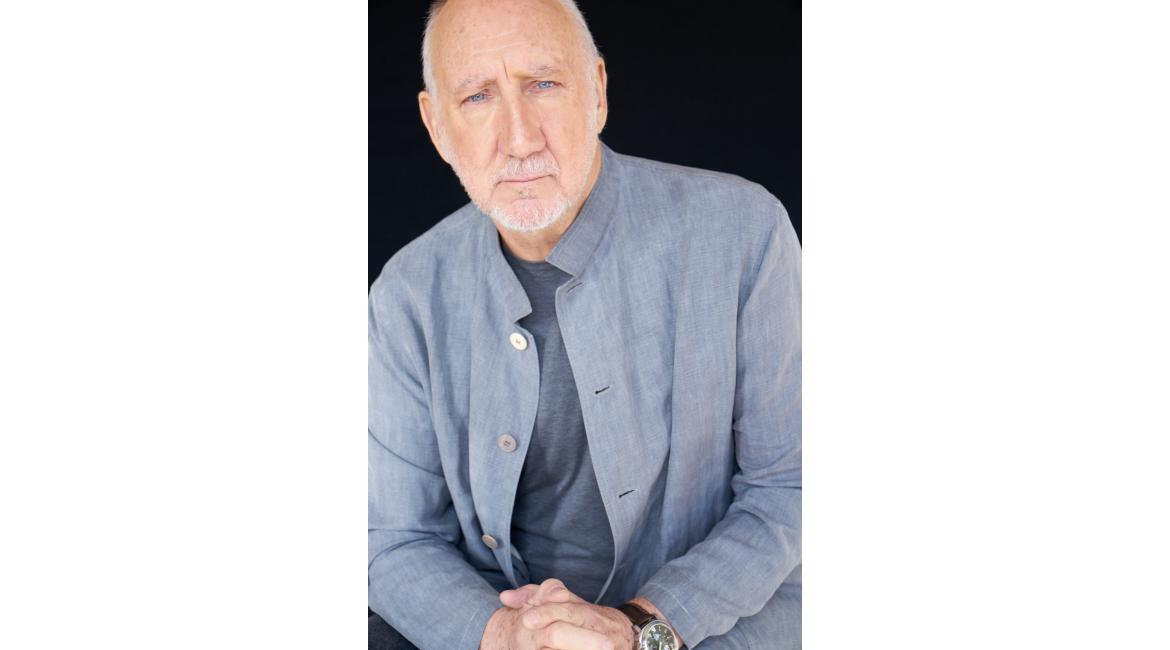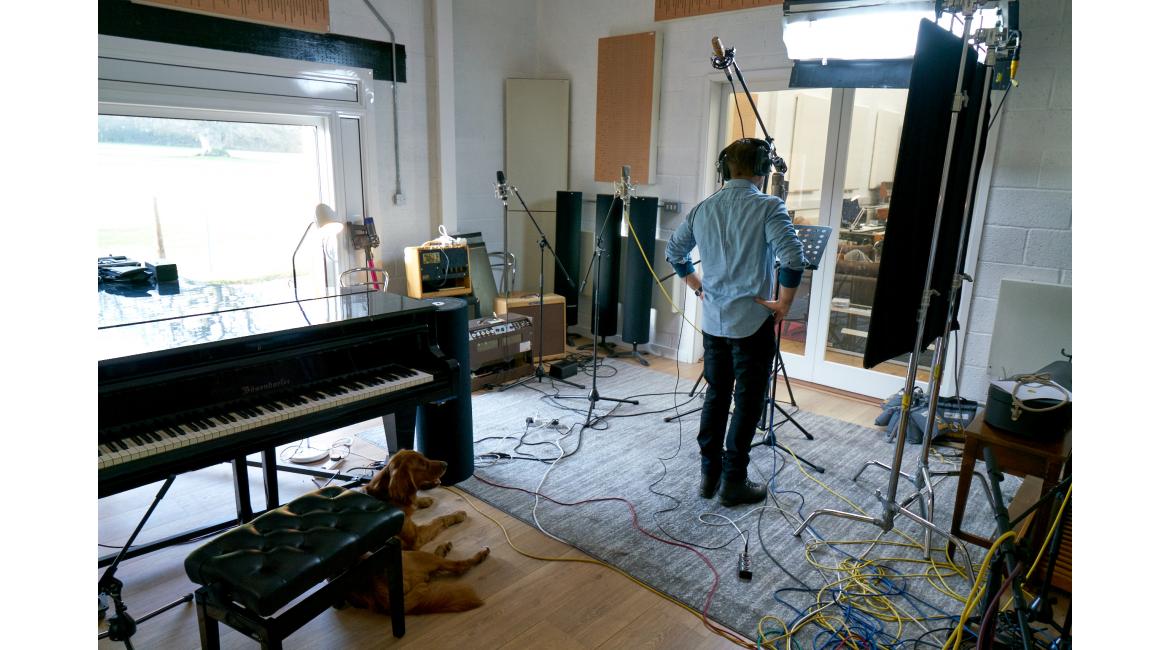Having established himself as a prolific fashion and portrait photographer, Terry McGough has built his work around his influences which are cinematography and beautiful lighting, applying his unique style to fashion, beauty, editorial and music video shoots. Most recently, Terry lent his artistry to a charity project for which he worked with Rachel Fuller, Alfie Boe, and Pete Townsend to help raise awareness of animal suffering.
Recently you photographed and filmed Animal Requiem, an animal charity concert; how did you get involved and can you tell us a bit more about the show?
I last worked with Rachel Fuller some time ago on an album cover for Universal Records and sort of kept in touch. As with most of these sorts of things, I got a call out of the blue to go down to Rachel’s house and photograph Alfie recording his vocals in Pete Townsend’s (Rachel’s husband) recording studio.
The project is essentially about grief and loss, the loss any pet owner feels at the loss of a family pet etc. Rachel composedAnimal Requiemprincipally for herself as a way of expressing her grief at losing a number of dogs over the last few years and, as a passionate animal rights campaigner, wanted to both raise awareness and raise funds for the welfare of abandoned animals.
How did you get into photography?
I started off as a press photographer at 19 – I didn’t know anyone, had no contacts, but had a lot of hope. I started out doing photo calls at places like HMV back in the day when an album launch was a major event. I met and mingled, lied and spun the facts a little bit, and somehow ended up photographing events like the opening concert of Madonna’s World Tour in Tokyo for a syndication agency. This led to going on tour as the “official tour photographer” for the likes of Paul McCartney, Tina Turner, and Lisa Stansfield, leading to being asked to work on these artists’ music videos as the behind-the-scenes photographer. This then led to my Road-to-Damascusmoment: watching a cinematographer literally paint with light and transform attractive looking artists into stars – somehow I just knew I could do that… no training, no assisting, I just knew in my gut that I could do that too.
How would you describe your style?
I’m influenced by the humanist photographers such as Bert Hardy, Capa, Doisneau, Riboud and Bresson etc. and have a lifelong love of photo journalism. I guess that whilst I have worked in and still work in music, fashion, and beauty, I’m still a lifelong fan of these photo journalists and aim to emulate them in everything that I do.
What inspires your photography, how did you discover your style?
Peter Lindbergh, Peter Lindbergh, Peter Lindbergh, Peter Lindbergh, Peter Lindbergh, Peter Lindbergh.
When I came across Peter Lindbergh in the halcyon days of Creative Director Fabien Baron and the US version of Harper’s Bazaar in the ‘80s, I just knew that that his lighting and his leaning towards the humanist, photo journalist photographers in his fashion was it for me.
What are some of your favourite shoots you have worked on?
In the recording studio with Paul McCartney when I was 26, whilst he and his band went over the set list over the course of two weeks. My youth gave me a sort of confidence whereas older photographers, who had perhaps grown up with the Beatles, were intimidated by him – and there I was, literally sitting at the piano on a 50mm with him whilst he sang “Let it Be.” It’s kind of one of those moments where you think “How blessed am I to have found this job to be able to make a living from it?”
You’ve photographed some impressive people in the arts, are there any artists or people you’d like to work with that you haven’t yet?
I'm quite fascinated by football managers at the moment and Jurgen Klopp or Pep Guardiola would be fascinating to just spend some time with either of these two. They're both natural leaders of men but with the poetry of a conductor to co-ordinate their men into a cohesive unit not only with an agreed objective to win, but to really play football like it’s art and create beautiful masterpieces and entertain.
Having started out as a photographer, what drew you to directing? Has the push towards moving image affected your work in any way?
I have always been drawn to photographers who can light such as Demarchelier, Lindbergh, and Roversi etc and, as such, lean towards Cinematography. The transition towards moving image has always felt natural to me, I stopped using flash a long, long time ago and eschew retouching as I come from the E6 transparency generation of photographers who had to get it right in the frame – there was no retouching, or if there was it was expensive and you had to learn to light.
I’m not a director in the sense that I can understand a script and guide the actor, musician etc in actorly things, but I am a portrait photographer and I can direct in such a way that I can get an intimate performance from an actor or musician. When you have intimacy, the actor or musician can pretty much say or sing anything and it will connect with the intended audience. I'm selling sex like everyone else, but what I find sexy is a combination of vulnerability and intimacy. I think the most high profile example of where I achieved this, to both critical and commercial acclaim using film lighting, was with Will Young for Pop Idol; transforming him from looking like a TV personality to a sort of matinee idol. So, I think I've always been a filmmaker and director.
You work on a variety of genres (fashion, editorial, music videos), do you have a favourite?
Music videos, music videos, music videos. I am a child of the ‘80s and love the videos from that period – especially the work of the late photographer Herb Ritts: the light, the camera moments, the compositions – just exquisite! But the money has now gone from the music industry and I tend to now look at music videos as editorial.
What equipment do you like using? Do you have a preferred brand?
I’m a huge fan of HMIs and Kino Flos; I just love them, especially mixing Kino Flos with daylight. But, as a life-long Canon man, I’m now falling in love with the new Sony range of cameras. I used a Sony ARII AS on this project and love the high ISOs that I can go to without the photographer’s fear of noise and grainy pictures.
Why do you choose to use Direct Digital? How have we helped you?
I have worked with Direct Digital for many years now and of course I work with other suppliers, but why I keep coming back to working with Direct is the people. The people who work in reception/rental aren’t pissed off photographers who just need a job and seem to resent me coming in all happy because I’ve got a gig. They genuinely seem to share my sense of excitement and joy at getting a gig in this feast-or-famine business.
I especially appreciate how the people at Direct Digital, indulge me with my popping by to check the equipment and calm my nerves before a shoot, answering beyond stupid questions born out of nerves and the best example of that is this project where the rental dept went out of their way to help and I can't thank them enough for their patience and knowledge with a nervous photographer.
What’s next?
Off the back of this and all the music videos and online beauty video content that I have directed, I have, in a sense, made the transition from photographer to filmmaker. I think it’s time to keep my persona as Fashion and Portrait Photographer but set myself up as Creative Photography and Video Production Company, but I have just shot this of Pete Townsend and still love portraiture and the art of lighting – pic attached.
Terry’s work speaks for itself – his engaging images always offer their viewer a vulnerable honesty, capturing the subject in that moment. Learn more about the charity project Animal Requiemand, to keep current with his work, follow Terry on Instagram @terry.mcgough and through his website.




